Year 2
The English curriculum is built around the three interrelated strands of language, literature and literacy. Teaching and learning programs should balance and integrate all three strands. Together, the strands focus on developing students' knowledge, understanding and skills in listening, reading, viewing, speaking, writing and creating. Learning in English builds on concepts, skills and processes developed in earlier years, and teachers will revisit and strengthen these as needed.
In Year 2, students communicate with peers, teachers, students from other classes and community members.
Students engage with a variety of texts for enjoyment. They listen to, read, view and interpret spoken, written and multimodal texts in which the primary purpose is to entertain, as well as texts designed to inform and persuade. These encompass traditional oral texts, picture books, various types of print and digital stories, simple chapter books, rhyming verse, poetry, non-fiction, film, multimodal texts, dramatic performances and texts used by students as models for constructing their own work.
The range of literary texts for Foundation to Year 10 comprises Australian literature, including the oral narrative traditions of Aboriginal and Torres Strait Islander Peoples, as well as the contemporary literature of these two cultural groups, and classic and contemporary world literature, including texts from and about Asia.
Literary texts that support and extend Year 2 students as independent readers involve sequences of events that span several pages and present unusual happenings within a framework of familiar experiences. Informative texts present new content about topics of interest and topics being studied in other areas of the curriculum. These texts include language features such as varied sentence structures, some unfamiliar vocabulary, a significant number of high-frequency sight words and words that need to be decoded phonically, and a range of punctuation conventions, as well as illustrations and diagrams that support and extend the printed text.
Students create a range of imaginative, informative and persuasive texts including imaginative retellings, reports, performances, poetry and expositions.
(source: www.australiancurriculum.edu.au)
Achievement Standard
Receptive modes (listening, reading and viewing)
By the end of Year 2, students understand how similar texts share characteristics by identifying text structures and language features used to describe characters and events, or to communicate factual information.
They read texts that contain varied sentence structures, some unfamiliar vocabulary, a significant number of high-frequency sight words and images that provide extra information. They monitor meaning and self-correct using knowledge of phonics, syntax, punctuation, semantics and context. They use knowledge of a wide variety of letter-sound relationships to read words of one or more syllables with fluency. They identify literal and implied meaning, main ideas and supporting detail. Students make connections between texts by comparing content. They listen for particular purposes. They listen for and manipulate sound combinations and rhythmic sound patterns.
Productive modes (speaking, writing and creating)
When discussing their ideas and experiences, students use everyday language features and topic-specific vocabulary. They explain their preferences for aspects of texts using other texts as comparisons. They create texts that show how images support the meaning of the text.
Students create texts, drawing on their own experiences, their imagination and information they have learnt. They use a variety of strategies to engage in group and class discussions and make presentations. They accurately spell words with regular spelling patterns and spell words with less common long vowel patterns. They use punctuation accurately, and write words and sentences legibly using unjoined upper- and lower-case letters.
(source: www.australiancurriculum.edu.au)
- Plus Plan
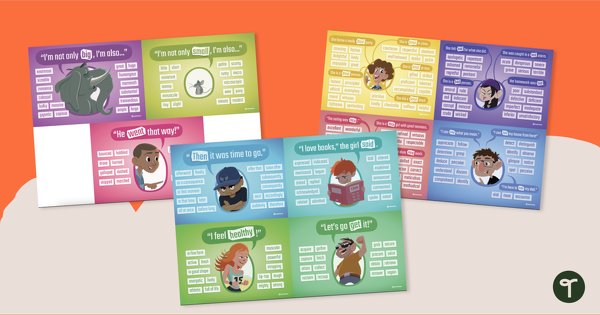
Synonyms - Printable Flashcards
Build vocabulary skills with individual Synonym anchor chart flash cards.
- Plus Plan
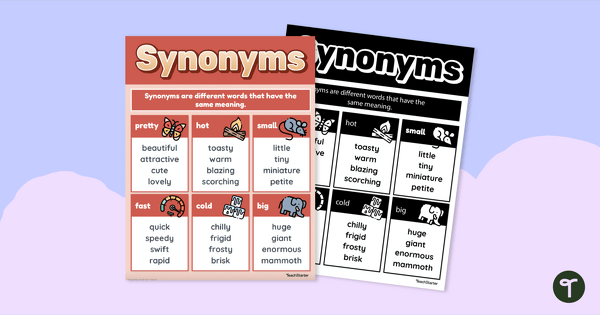
Synonym Poster
Boost vocabulary with a printable Synonym Anchor Chart.
- Plus Plan
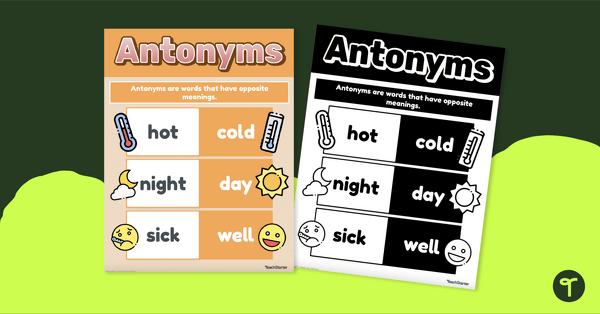
Antonym Poster
A poster showing the definition and examples of antonyms.
- Plus Plan
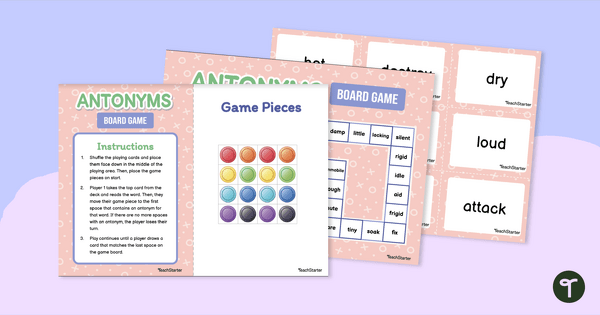
Antonyms Board Game
Read 18 words and identify their antonyms as you race players to the end of the game board.
- Plus Plan
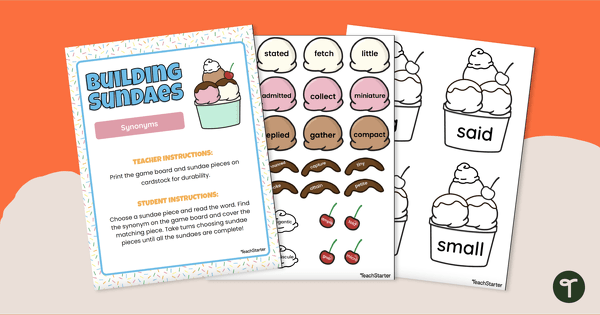
Synonym Sundaes - Sorting Activity
Practise identifying synonyms with a fun ice-cream themed sorting activity.
- Plus Plan
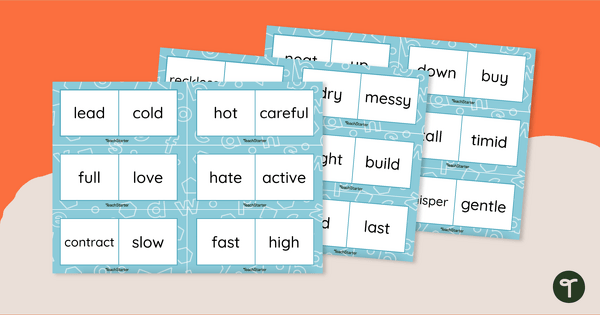
Antonym Domino Game
Have some wordplay fun with an Antonym Domino game!
- Plus Plan
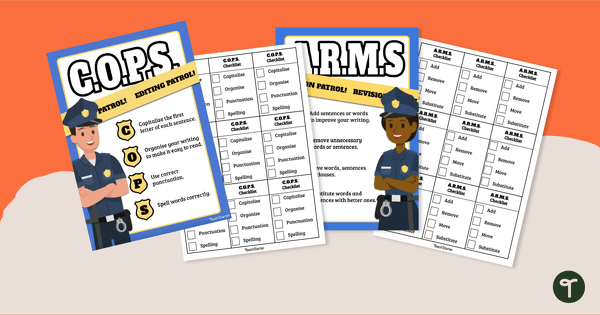
ARMS and COPS - Editing Posters and Checklists (Portrait)
Encourage your students to proofread and edit their writing using the C.O.P.S. and A.R.M.S acronyms with a pair of printable writing posters.
- Plus Plan
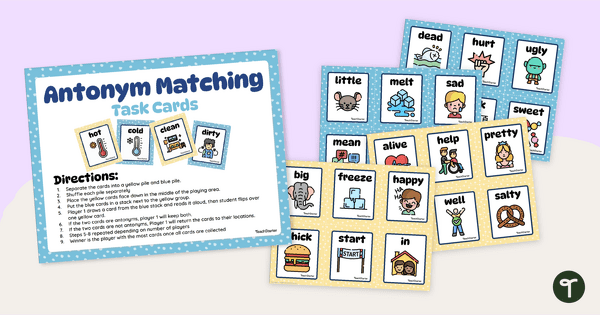
Antonym Match Up Activity
Match sets of antonyms and build vocabulary with an antonym matching game.
- Plus Plan
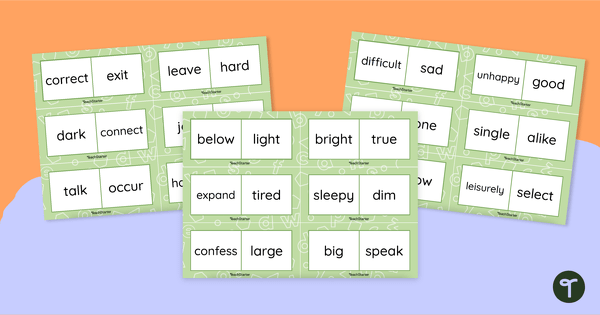
Synonym Dominoes
Match up similar words with this set of 28 synonym dominoes.
- Plus Plan
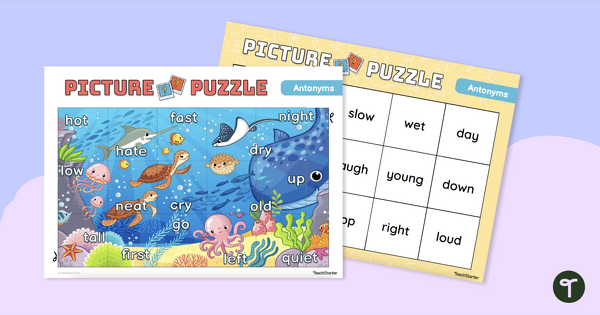
Antonyms Picture Puzzle - Opposite Words
Practise identifying and using antonyms with this 15-piece under-the-sea picture antonyms puzzle.
- Plus Plan
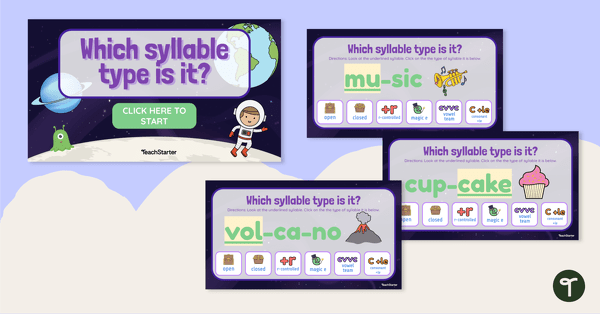
Which Syllable Type Is It? - Interactive Activity
Learn about and identify the six syllable types with this engaging digital resource.
- Plus Plan
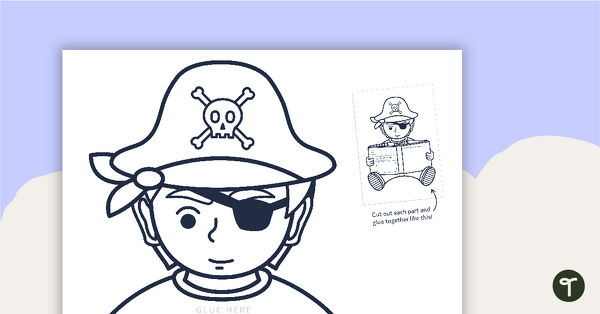
Pirate Book Report Template
Arrr!... really great pirate book report template!
- Plus Plan
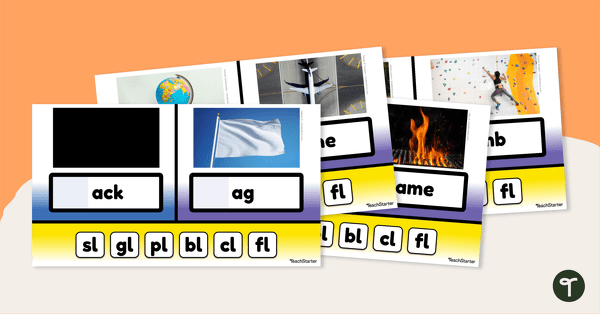
Initial L-Blends - Interactive Activity
Become familiar with words that begin with an l-blend using this interactive digital resource.
- Plus Plan

Word Building with S-Blends - Interactive Activity
Decode and segment words containing an initial s-blend.
- Plus Plan
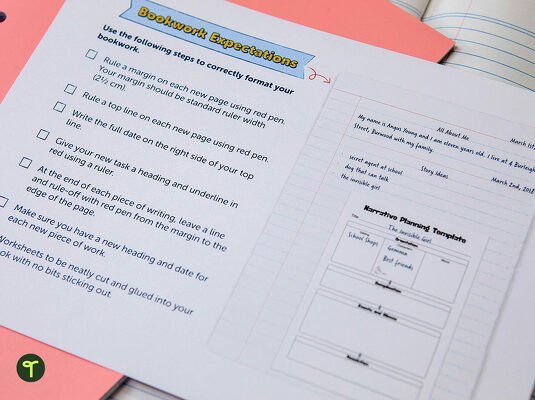
Literacy Bookwork Expectations Posters
A checklist for students to refer to when displaying literacy bookwork. There are low colour and black and white versions, plus editable versions in case you need to add your own expectations.
- Plus Plan
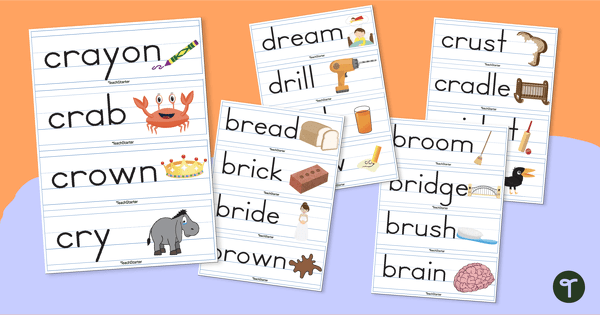
R Blend Word Wall Vocabulary
Forty-eight R blend vocabulary cards for a word wall.
- Plus Plan
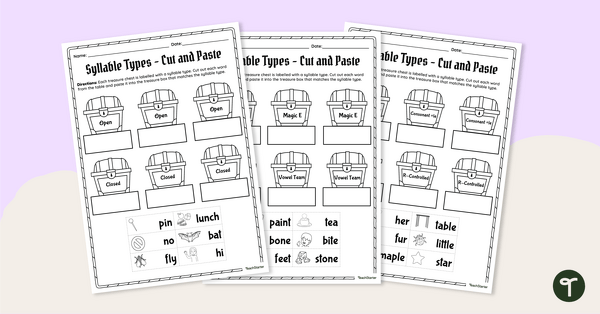
Syllable Types - Cut and Paste Worksheets
Identify and match words to the correct syllable types with this set of three treasure-themed worksheets.
- Plus Plan
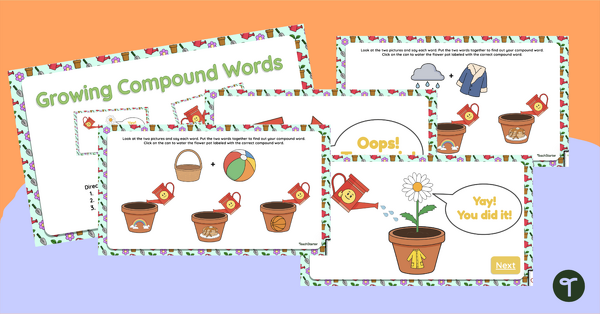
Growing Compound Words Interactive Activity
Build compound words with an interactive compound word game.
- Plus Plan
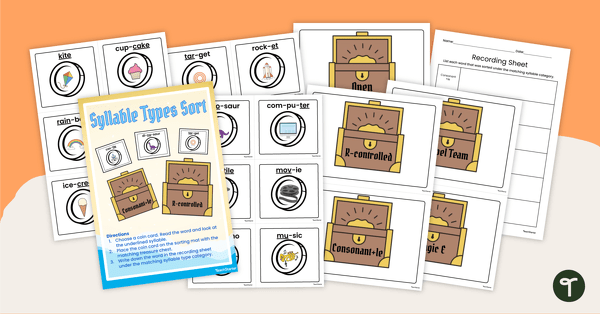
Syllable Types Sorting Activity
Practise identifying and sorting syllable types in two- and three-syllable words with this treasure-themed sorting activity.
- Plus Plan
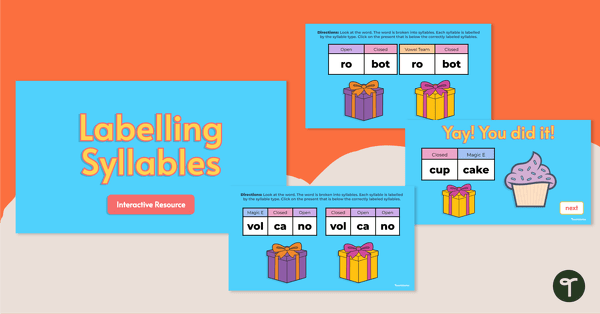
Labelling Syllables - Interactive Activity
Practise identifying syllable types in two- and three-syllable words with this engaging interactive activity.
- Plus Plan
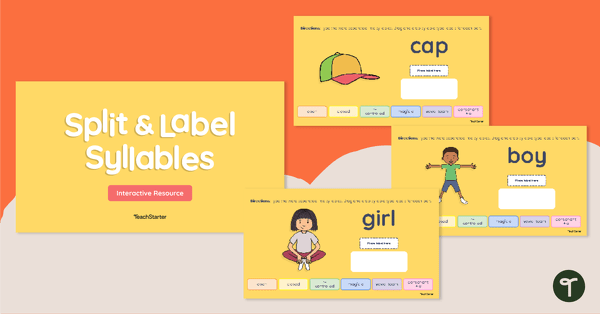
Split and Label Syllables - Interactive Activity
Practise breaking words into syllables and labelling each syllable with its corresponding syllable type.
- Plus Plan
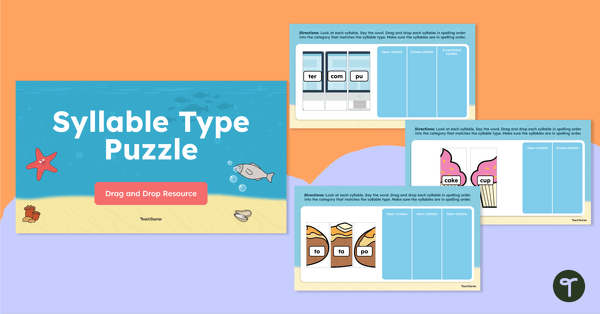
Syllable Type Puzzles - Interactive Activity
Learn about the six syllable types by solving word puzzles with this interactive drag and drop activity.
- Free Plan
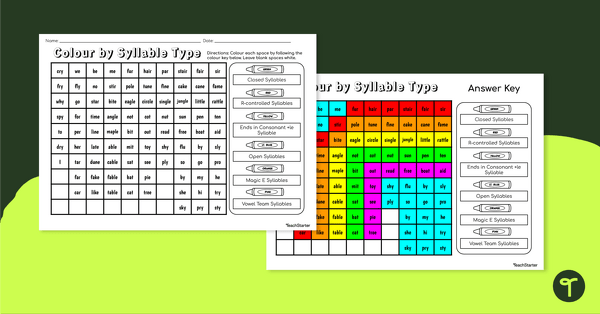
Colour by Syllable Type - Worksheet
Practise identifying the six syllable types in common words with this colour-coding activity.
- Plus Plan

Missing Syllables - Interactive Activity
Identify the missing syllables in a range of common words with this interactive drag and drop activity.
- Plus Plan

I Spy Syllable Types - Worksheets
Identify and colour words according to their syllable types with this set of six worksheets.
- Plus Plan
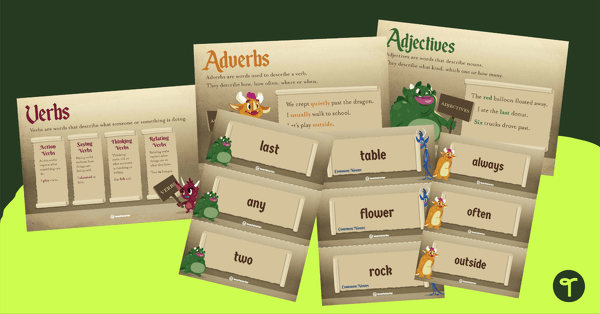
Parts of Speech Wall Display
A parts of speech wall display that includes posters and word wall cards.
- Plus Plan
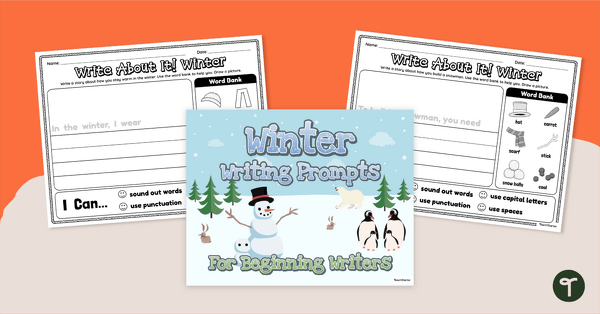
Winter Writing Prompts for Beginning Writers
Use the season of winter to inspire writing in your early years classroom.
- Plus Plan
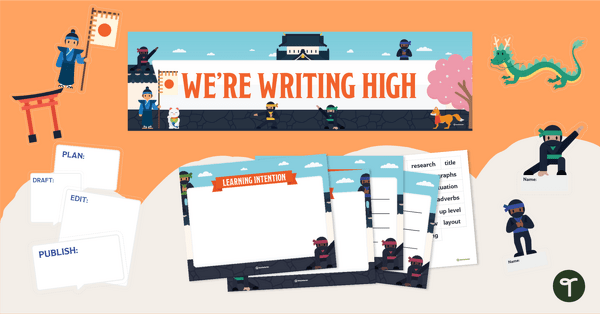
Writing Ninjas Bump it Up Data Wall Display
A ninja themed Bump It Up Wall for writing to display in your classroom.
- Plus Plan
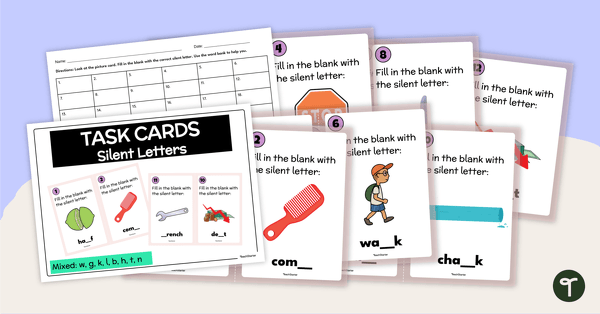
Silent Letters Task Cards
Identify the missing silent letters in common words with this set of 16 task cards.
- Plus Plan
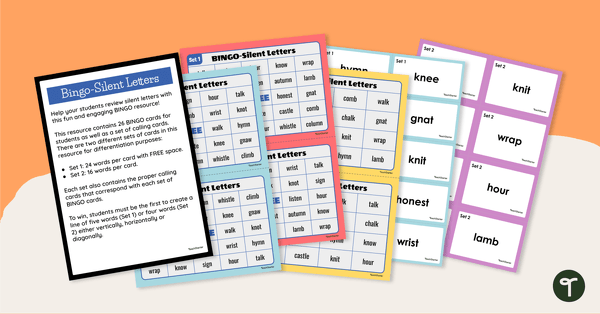
Silent Letters Bingo
Help students master silent letters with this engaging game of Bingo.
- Plus Plan
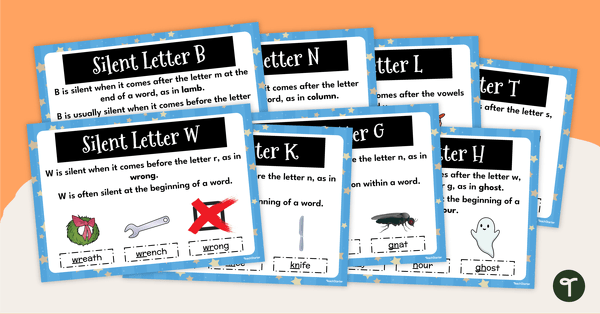
Silent Letters Poster Pack
Remind your students about the most commonly used silent letters with this set of classroom display posters.
- Plus Plan
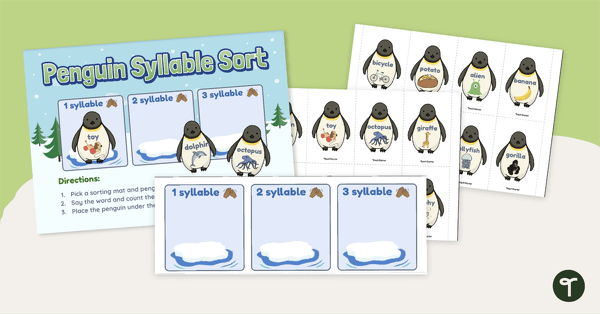
Counting Syllables Sorting Activity - Penguins
Help these freezing cold syllable penguins escape the frigid water by sorting them onto the correct ice floes.